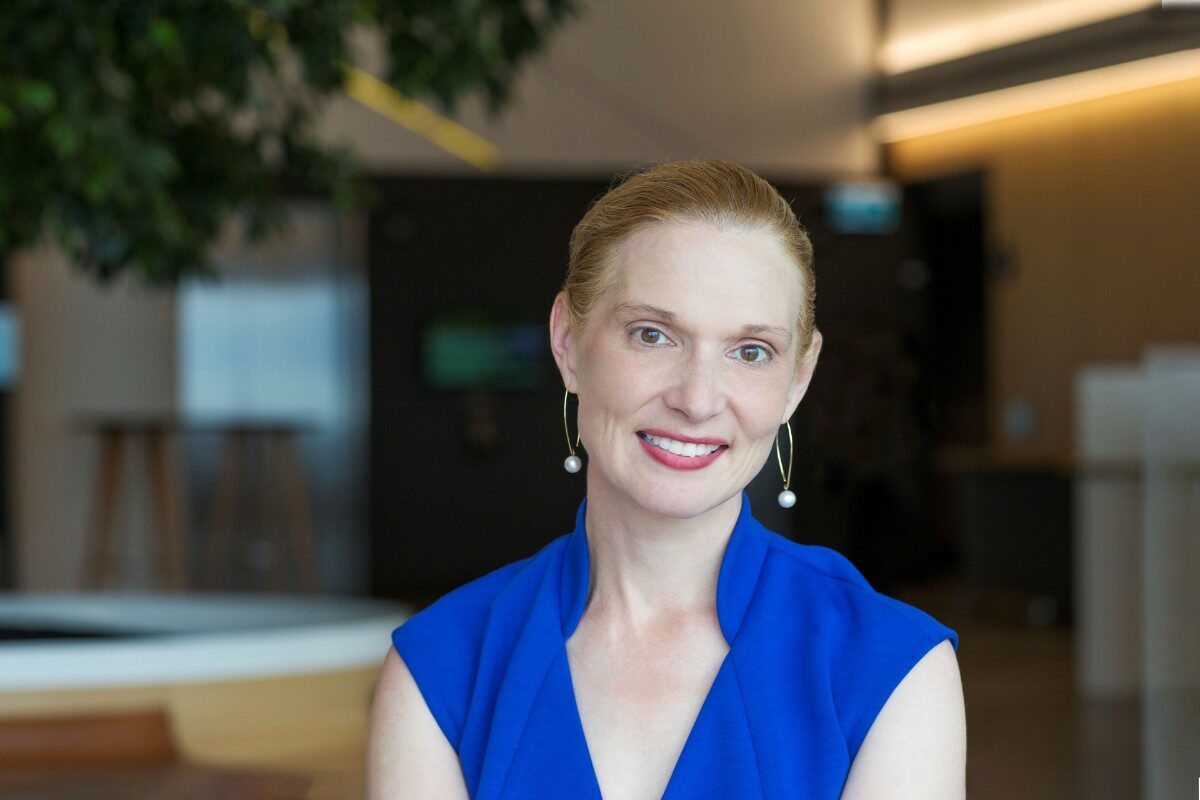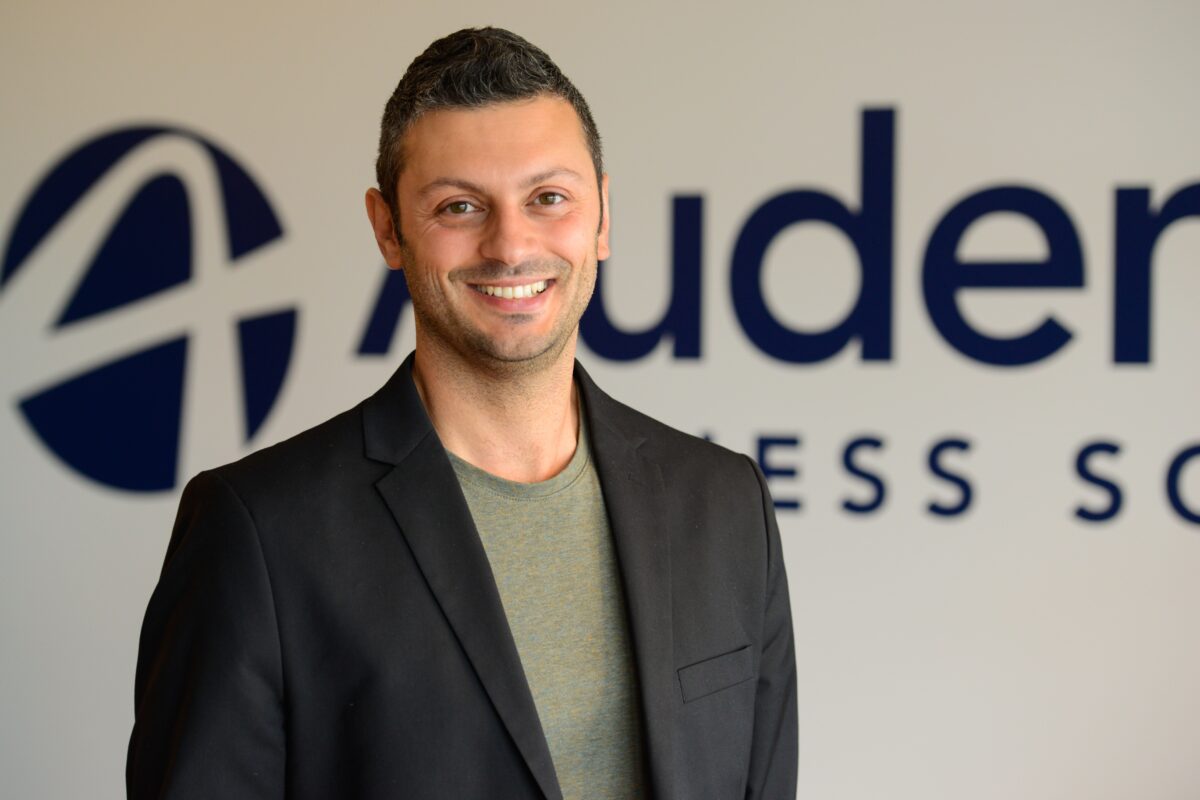What if advanced economies have hit peak higher education?

Across the world, universities are still reeling from the global pandemic. But disruption from temporary remote learning may be just the tip of the iceberg.

In an interview for a recent EY thought experiment, Soumitra Dutta, Professor of Management, SC Johnson College of Business, Cornell University, put it this way:
“We have a whole generation of young people who are more open to online learning and given a choice, they might opt for different formats. They might actually want 60% of the class online and maybe 20% in lectures, then maybe 20% through internships or other kinds of experiences.”
I think Professor Dutta is right. Even as campuses reopen, university leaders must accept that there will be no return to normal. The business reinvention that is taking down giants in media, retail and energy is coming for higher education – and it’s coming fast.
Renewable energy and electric vehicle adoption have brought the world to the point of ‘peak oil’ and ‘peak car’. What if the precipitous changes wrought by COVID-19 are also signals that universities in advanced economies have reached peak international students, peak undergraduate degrees, peak campus and peak rankings?
In this environment, how can universities survive and thrive?
To help university leaders answer this question, EY talked to higher education leaders in a range of public and private institutions, and venerable and modern faculties around the world. When we shared the transcripts with some of EY’s most provocative education thinkers, it led to these confronting ideas:
1. What if… the cost of learning is driven down to zero?
Imagine that learning and gaining qualifications in 2030 is as convenient as shopping or banking in 2021, and is possible to do at a very low cost. You can access your learning “account” online and complete course modules or entire degree programs from the best providers, anywhere in the world, at your own pace. The learning journey becomes hybrid, taking the best that online and in-person modes can offer, and flexing to your individual needs.
2. What if… learning journeys are entirely flexible and customizable?
Imagine that accessing educational content in 2030 is like listening to music via Spotify in 2021. At the touch of a screen, you access catalogs of learning content from the best providers in the world. Algorithms take you deeper into topics of interest and artificial intelligence matches learning activities with your current knowledge levels, learning preferences, career aspirations and learning goals.
3. What if… higher education providers are accountable for results?
Imagine that investing in knowledge in 2030 is as easy as investing in exchange-traded funds in 2021. All the programs on your independent career platform are independently rated based on inputs and outcomes declared by learning providers. Inputs include teacher-student ratios, and the amount, nature and quality of teaching and evaluation methods. Outcomes go beyond academic attainment and skills acquisition, covering a graduate’s employability and earning potential.
4. What if… commercialized research pays for itself?
Imagine that revenue from commercialized research in 2030 is sufficient to allow research to pay for itself. Universities have a clear understanding of what research lends itself to commercialization, gain access to private equity capital and participate in rich innovation ecosystems, facilitated by venture studios. Government funding focuses more on solving the major societal issues that the private sector cannot tackle alone, or on pure research to boost national competitiveness.
5. What if… technology could solve the global supply-demand mismatch?
Imagine that, in 2030, a talented postgraduate engineering student in Luanda (Angola) could access the best, leading-edge teaching from the recognized leader in her field, without having to leave her hometown. Her self-accessed, remote learning is supplemented with occasional trips to her local campus for instructor-led teaching, delivered via video link from her professor in the US, or to use the campus laboratories. Her course fees are comparable to those of a local university degree, but she leaves with sought-after, recognized and internationally transferable credentials.
Of course, universities will not disappear overnight. They will continue to be trusted curators of learning and knowledge whose teachers are known for their accessibility, credibility and engagement.
And not all students will pursue alternatives to universities. Many will still want a coming-of-age experience before starting their professional lives. For this cohort, universities will continue to provide transformative experiences that go beyond acquiring a catalogue of knowledge and skills.
But the landscape around universities is changing faster than the organizations themselves, making disruption more likely and decision making more difficult.
I believe that, as higher education peaks, universities need to consider:
- Can I keep winning enough of this traditional market to stay relevant, or will my institution be one of the losers?
- What opportunities are there to use technology to engage the world in new ways?
- How might we produce job-ready graduates as well as engaged, life-long learners?
Only then can they start finding their place in the higher education landscape of the future.











Responses